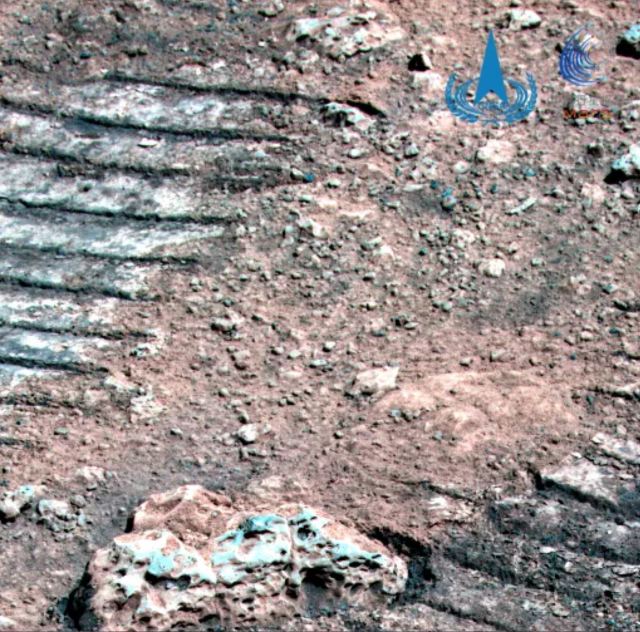The Chinese National Space Administration has published a number of new images of Mars taken by the Zhuzhong rover. Among them are the first multispectral images that allow scientists to roughly determine the composition of soil and stones, [...] CNSA reports.
"Zhuzhong" is part of the first Chinese Mars mission "Tianwen-1", the rover was landed in the Utopia Plain in May 2021. Initially, the PRC wanted to work out the automatic landing and deployment of two spacecraft on Mars, and then started a scientific program. The rover explores the surroundings near the landing platform, looking for subsurface ice deposits using ground penetrating radar, photographing the area with cameras, examining the composition of the soil using a spectrometer and a multispectral camera, and also collects weather data.
At the moment, the rover has worked half of the estimated period (90 Martian days) and has traveled more than 410 meters on the surface of Mars. On July 8, 2021, Zhuzhong sent new images, among which were the first images taken by a multispectral camera, which allows you to identify differences in the composition of rock outcrops, boulders or regolith. In particular, the scientists noticed that the composition of the dust covering the surface of Mars and the underlying layer differs, and the nearby large rock that fell on one of the images may be weathered basalt.
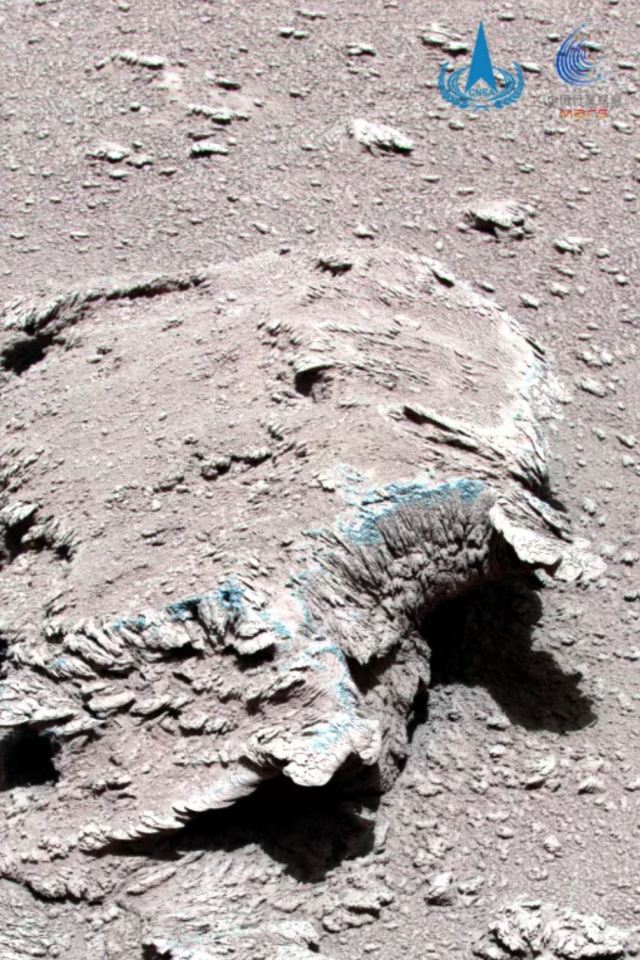
Multispectral image of a basalt rock.
Image source: CNSA
In addition, the researchers showed a number of new color images of the area. They were exposed to rock outcrops, as well as a large sand dune, measuring 40 meters long and 8 meters wide and 60 centimeters high. You can also notice the dark rear protective cover of the landing system and the white parachute, which were used when landing the landing platform with the rover on Mars, located a few hundred meters from the rover.
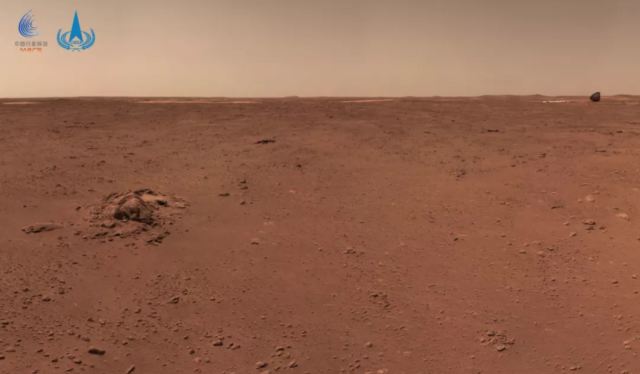
Image source: CNSA
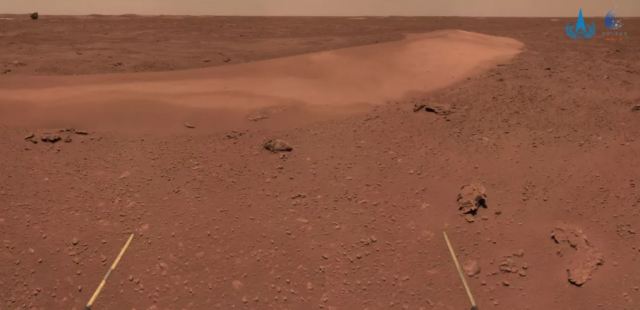
Image source: CNSA
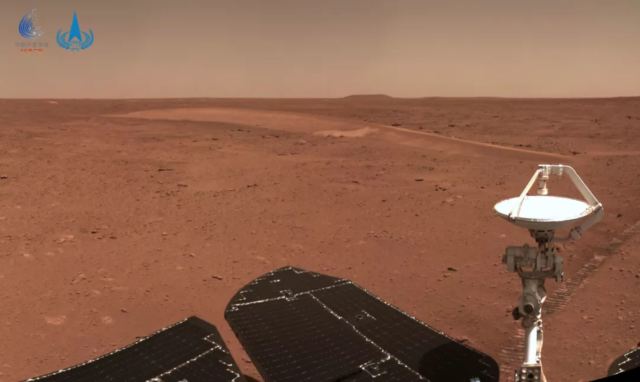
Image source: CNSA
You can watch the rover's trips to Mars and hear the sounds recorded by it here .
Alexander Voityuk
